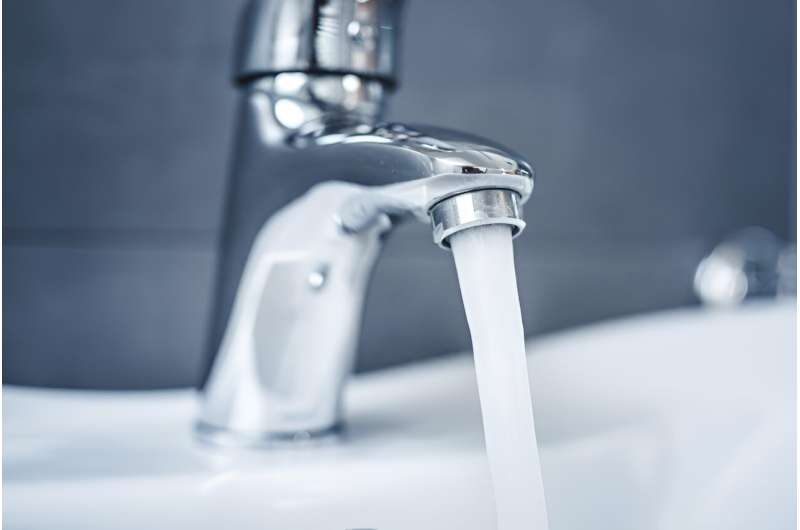The U.S. Environmental Protection Agency has finalized a groundbreaking rule to remove all lead pipes from the country’s water systems, addressing a long-standing public health crisis. This move, supported by experts, aims to ensure safe and affordable drinking water for all communities, regardless of their race, income, or location. While the rule places the financial burden on utility companies, it also provides $15 billion in funding to assist with the replacements. This critical step towards protecting children and adults from the harmful effects of lead exposure, such as brain damage and increased health risks, is a significant milestone in the ongoing effort to safeguard America’s water supply. Lead Poisoning Water Supply and Sanitation in the United States

Protecting Our Children’s Future
The EPA’s new lead rule marks a significant step in addressing the long-standing public health crisis of lead-contaminated tap water. For decades, millions of Americans have been exposed to this neurotoxin, which can have devastating effects on children’s cognitive development and brain function.
This rule not only mandates the removal of all lead pipes, but also represents a commitment by the Biden-Harris Administration to ensure that no community, regardless of its demographics, will have to worry about unsafe drinking water. By holding utility companies responsible for the costly replacements, the EPA is sending a clear message that access to clean, lead-free water is a fundamental right for all citizens.
The Flint Water Crisis: A Painful Lesson
The Flint water crisis of 2014 brought the issue of lead contamination in water systems to the forefront of the nation’s attention. When the city of Flint, Michigan, changed its water source and failed to properly treat and test the water, it allowed lead to leach into the tap water of approximately 100,000 residents. This public health disaster had devastating consequences, particularly for children, who suffered from learning difficulties and brain damage due to lead exposure.
The new EPA rule is a direct response to the lessons learned from Flint, and a recognition that no community should have to endure such a crisis. By mandating the removal of all lead pipes, the agency is taking a proactive and comprehensive approach to addressing this issue, ensuring that the errors of the past are not repeated.
Overcoming the Challenges: Funding and Collaboration
The implementation of the EPA’s new lead rule will be a massive undertaking, estimated to cost up to $30 billion over the next decade. While utility companies will be responsible for the majority of the costs, the $15 billion in funding provided by the 2021 infrastructure law is a critical step in helping them comply with the new requirements.
However, the task of replacing millions of lead service lines across the country will require more than just financial resources. It will also demand unprecedented levels of coordination and collaboration between the EPA, state and local governments, and water utilities. To ensure the success of this initiative, the Biden-Harris Administration must provide technical assistance and guidance to help utility companies navigate the complexities of this challenge. By working together, we can finally achieve the goal of safe, lead-free drinking water for all Americans.
